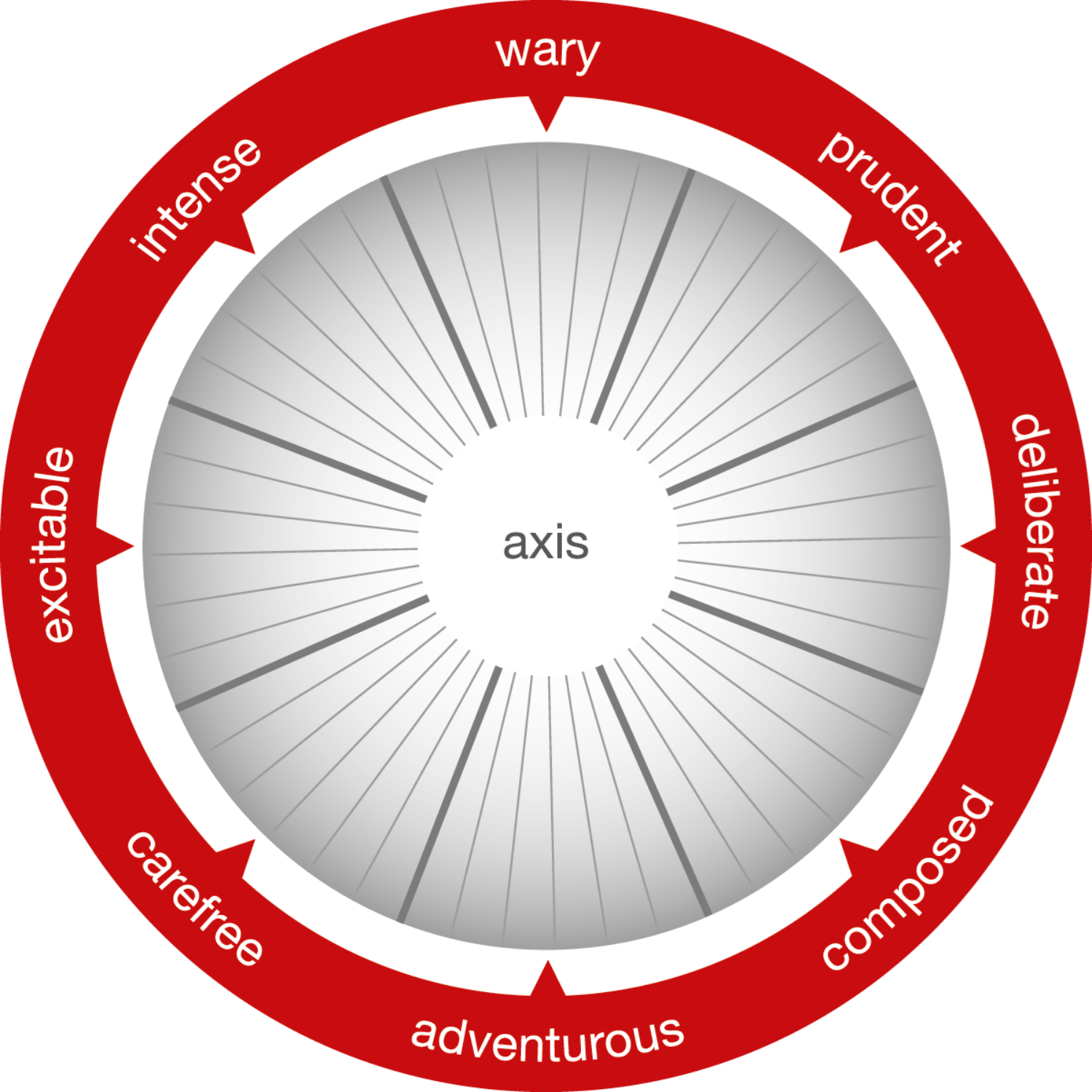What's Your Team's Risk DNA? An Introduction to the Risk Type Compass
Every leadership team has an inherent "risk personality." Some are predisposed to caution, meticulously analyzing every variable before acting. Others are naturally composed, embracing challenges head-on with confidence and decisiveness. Neither approach is inherently right or wrong, but an unawareness of this natural disposition can lead to strategic blind spots.
For example, when faced with a major decision like a digital transformation, a "wary" team might analyze the risks so thoroughly that they miss the window of opportunity. Conversely, a "composed" team might be so decisive that they overlook critical implementation risks.
Understanding your team's collective approach to risk is the first step toward better decision-making. A powerful psychometric tool, the Risk Type Compass, provides the framework for this critical self-awareness.
What is the Risk Type Compass?
The Risk Type Compass is a framework for understanding individual and team dispositions toward risk. It assesses a team's "center of gravity" on a spectrum of eight distinct profiles, revealing their natural tendencies in high-stakes situations. It provides a common, objective language for discussing risk attitudes.
The Strategic Advantage of Risk Awareness
By understanding its profile, a team can learn to harness its innate strengths and consciously mitigate its potential blind spots.
Leverage Your Strengths
A "Wary" team, for instance, can be empowered to lead the development of robust risk mitigation strategies. A "Composed" team can be tasked with maintaining momentum and confidently navigating challenges on a major project. Awareness allows you to put the right people in the right roles.
Mitigate Your Blind Spots
Awareness also allows teams to build better processes. A "Wary" team can implement protocols to prevent over-analysis and promote decisive action. A "Composed" team can adopt a more structured risk-assessment checklist to ensure all angles are considered before moving forward.
From Team Awareness to Organizational Alignment
This understanding is crucial for the entire organization, particularly when aligning the board and management. Assessing the risk profiles of both groups can foster a more cohesive and risk-aware culture. This alignment is especially valuable in situations like:
CEO Succession: Ensuring a new leader's risk profile aligns with the organization's strategic direction.
Board Recruitment: Building a board with a balanced and effective approach to risk management.
Strategic Planning: Facilitating more informed decision-making and anticipating potential friction points during the execution of new initiatives.
By embracing the Risk Type Compass, credit union leadership teams can make more informed decisions, navigate challenges more effectively, and confidently pursue their strategic goals.
The Risk Type Compass® is a registered trademark of Psychological Consultancy Limited. Tom Glatt is a certified administrator of Risk Type Compass assessments.
To discover your team's risk profile and learn how to leverage it for a competitive advantage, schedule a private consultation.

